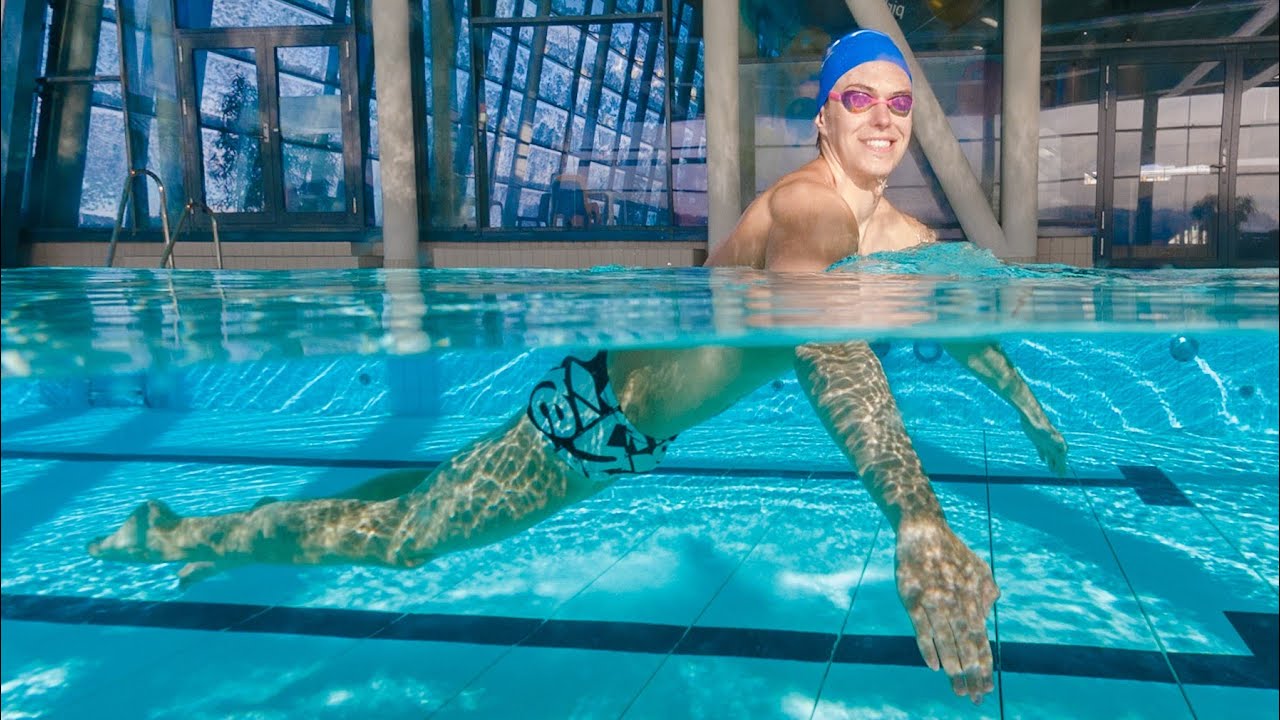Engaging in swimming is an enjoyable way to spend a summer afternoon while also promoting numerous health advantages, such as enhancing mood and reducing the likelihood of certain medical issues. Although swimming may appear thrilling, it can be intimidating for both children and adults who are not familiar with the water. This activity demands full-body strength, effective breathing techniques, and coordination skills to navigate confidently.
For those interested in acquiring swimming skills, here are several fundamental techniques that every child and adult should master to feel joyful, at ease, and secure in the water.
1. Safe Entry and Exit from the Water
Although it may seem straightforward for adults, learning how to enter and exit a pool safely is one of the essential swimming skills that children should acquire. By mastering the technique of sitting and gradually entering the water, they can prevent injuries and build self-assurance. It is crucial for them to understand how to exit the pool quickly, whether by using the steps or pulling themselves up in areas without ladders. Ensure that your child is capable of leaving the pool independently or provide assistance until they can perform this skill on their own.
2. Effective Breathing
For young children, the thought of submerging their heads underwater and being unable to breathe can be quite daunting. Often underestimated, proper breathing is one of the most vital swimming skills necessary for safety in the water. You can help your child build confidence and enjoy swimming by teaching them how to manage their breathing without swallowing water. Both adults and children can learn effective breathing techniques in swimming by following these steps:
– Stand in water that reaches your chest, facing the pool wall.
– Place your hands on the edge of the pool.
– Bend at the waist, inhale, and submerge your face in the water.
– Gradually and forcefully exhale through your mouth and nose.
– Tilt your head to one side as you exhale towards the water’s surface.
– When your mouth rises above the water, take a breath in.
– Repeat the exercise, alternating between the right and left sides.
3. Floating
Acquiring the ability to float and tread water is crucial. In the event of an accidental fall into the water or if you find yourself unable to reach the pool’s edge, knowing how to float or tread water can provide vital support until assistance arrives.
Floating on your back is generally the simplest method. When instructing children on how to float, remain in water that is waist-deep and provide support from their backs until they gain the ability to float independently. For adults, learning to float is often more effective in chest-deep water, but it is important to have someone nearby for assistance if necessary.
To tread water, the key is to move your legs in a bicycle-like motion while extending your arms and rotating them with cupped hands. As children become more proficient in the water, mastering treading and floating becomes essential for their ability to swim independently. These skills not only enhance their safety but also increase their confidence in aquatic environments.
4. Coordinating Limbs
Effective swimming requires the coordination of all body parts. It is important to synchronize the movements of your lower back muscles, abdomen, and hips to propel yourself forward, with your hands entering the water first, followed by your elbows and then your body.
Novice swimmers often struggle with fluid movements, as it takes time to develop an understanding of how to coordinate their limbs effectively. Additionally, it requires practice to engage the lower back muscles, hips, and abdomen to generate forward momentum. Mastering these fundamental swimming techniques will enable you to coordinate your limbs effectively, keeping your head above water and facilitating the development of your swimming abilities.
5. Kicking
Kicking is a fundamental skill essential for mastering swimming. It serves as a foundational element for many advanced swimming techniques. Beginner swimmers can practice kicking by gripping the side of the pool, allowing their bodies to float while keeping their upper bodies above the water. Alternatively, using a kickboard can provide support as you become accustomed to kicking and propelling yourself forward in the water.
Once you have perfected your kicking technique, it will be easier to integrate it into more complex swimming movements.

Tinggalkan Balasan